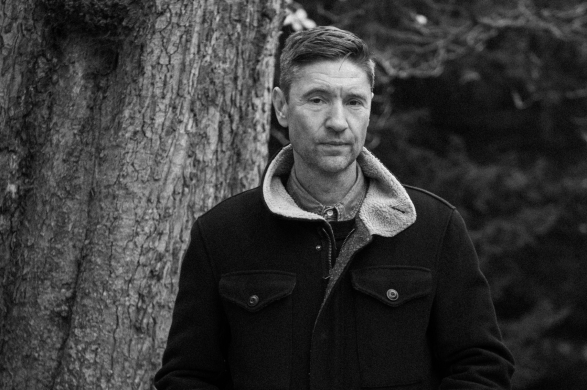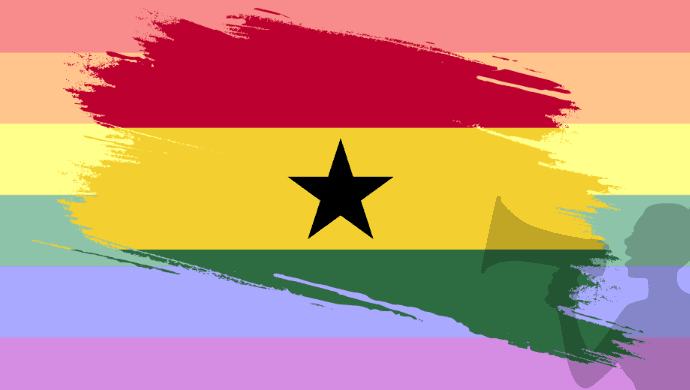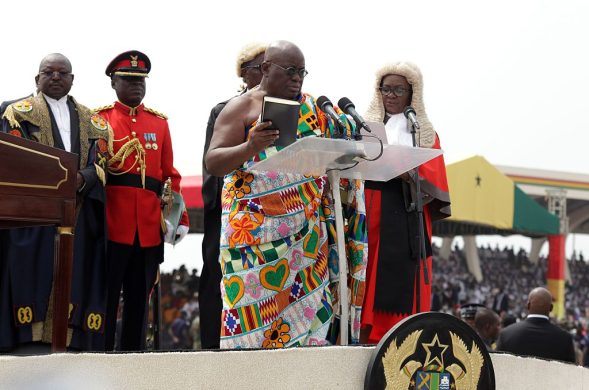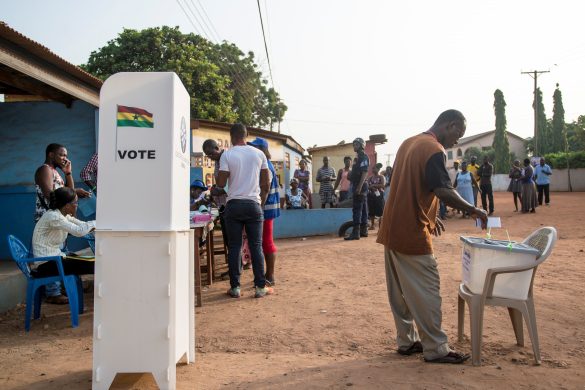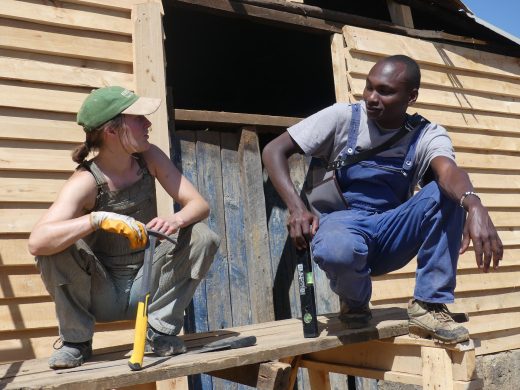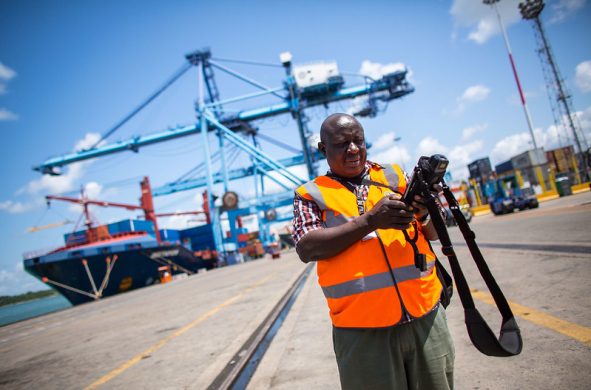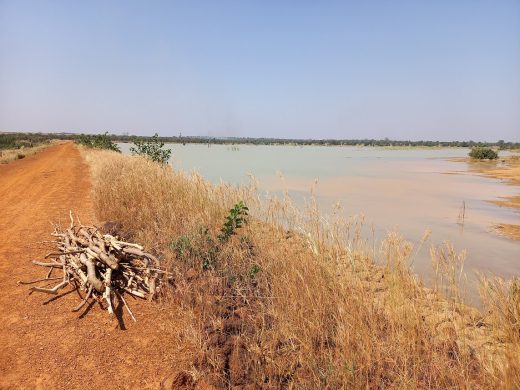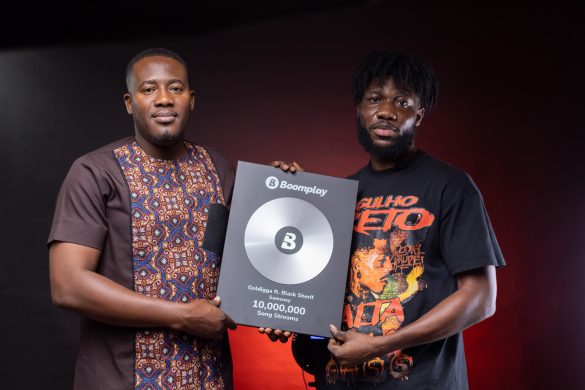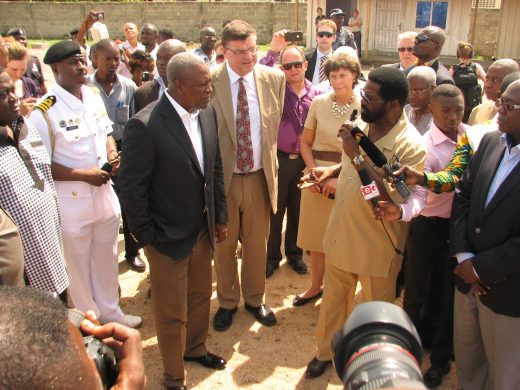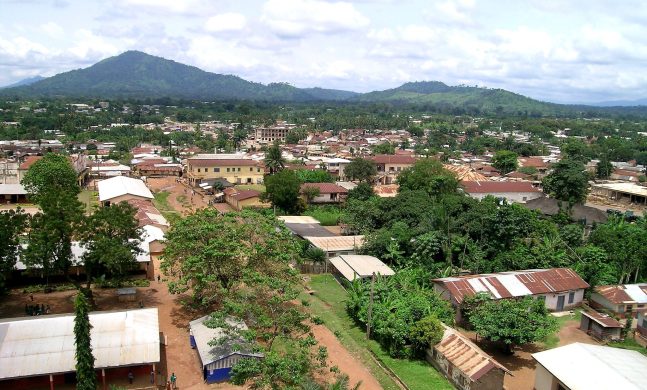* Though Ghana has reached middle-income status, the country struggles with a water deficit and widespread lack of sanitation
* Despite challenges, Ghana is one of only four countries in sub-Saharan Africa on track to meet the Millennium Development Goal for water by 2015.
* Government estimates it will need to invest about 1,6 billion US dollar a year over 10 years for adequate infrastructure
ACCRA, 3rd January 2011: In Accra, Ghana’s bustling capital city of close to two million people, urban growing pains are evident: traffic-clogged roads, sprawling (hastigt ekspanderende) neighborhoods, and water taps that sometimes run dry.
While 90 per cent of the capital city’s residents have access to safe water, only about one-third have drinking water piped (rørlagt vand) into their homes – and even among that group, many get only an irregular supply.
– Many households must buy water for flushing (WC) and washing from private tankers, and drinking water from private producers. Those with no room to store water – mainly the poor – pay more for it, says resident Beatrix Allah-Mensah, a World Bank social development specialist whose portfolio includes water-related projects.
– It is very expensive to buy it this way, one day at a time. Water flow into homes is a big challenge, even in Accra, she says.
In the capital, supply simply does not meet demand. – You can still improve a lot of things in order to have better distribution of water, explains Ventura Bengoechea, a World Bank water and sanitation expert, adding: – But at the end of the day, more water is needed to supply water 24/7 to everybody.
Reaching Middle Income Status
Ghana was recently declared a middle-income country, based mainly on a rebasing of its economic indicators. Support from the International Development Association (IDA), the World Bank’s fund for the poorest countries, and other donors has helped the country reduce poverty and modernize over the last decade.
But many people remain poor, and important development goals still must be met.
Ghana’s water deficit, among other factors, has led the government to estimate it will need to invest about 1,6 billion US dollar a year over 10 years for infrastructure, to help the country develop the level of services appropriate for a middle-income country.
In the water sector, plans are under way to meet that benchmark (mål). Ghana’s government plans to double the capacity of the Kpong intake and water treatment plant to deliver another 40 million gallons of water a day to the Accra metropolitan area ( 1 amerkansk gallon = 3,8 liter).
Officials recently signed an agreement with Export-Import Bank of China for a 270 million dollar concessionary (fordelagtigt) loan for the project. And Ghana has partnered with the World Bank to implement a new, 75 million dollar water and sanitation project that would help distribute water, with a special focus on the most vulnerable residents.
Safe Water to 1,6 Million
Læs videre på
http://web.worldbank.org/WBSITE/EXTERNAL/NEWS/0,,contentMDK:22800031~pagePK:34370~piPK:34424~theSitePK:4607,00.html



